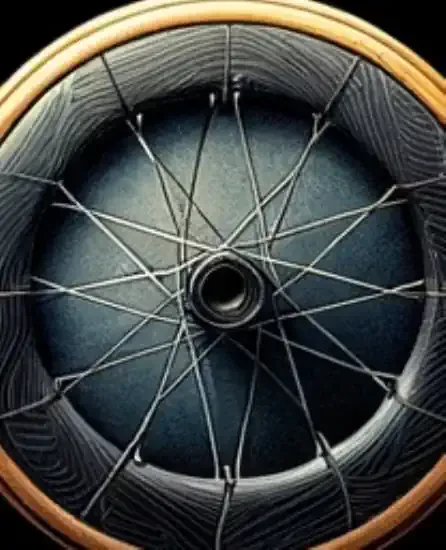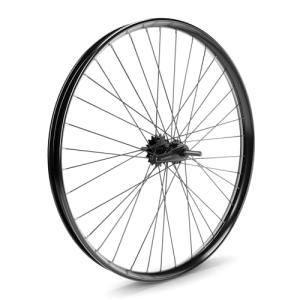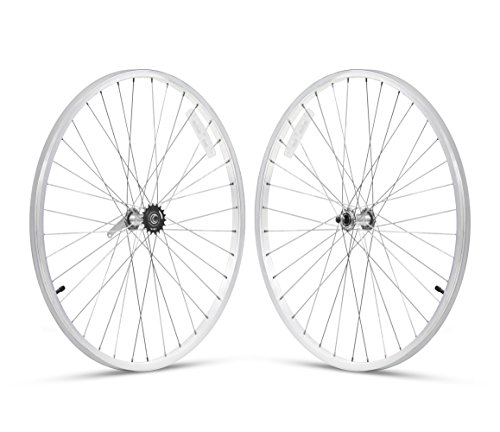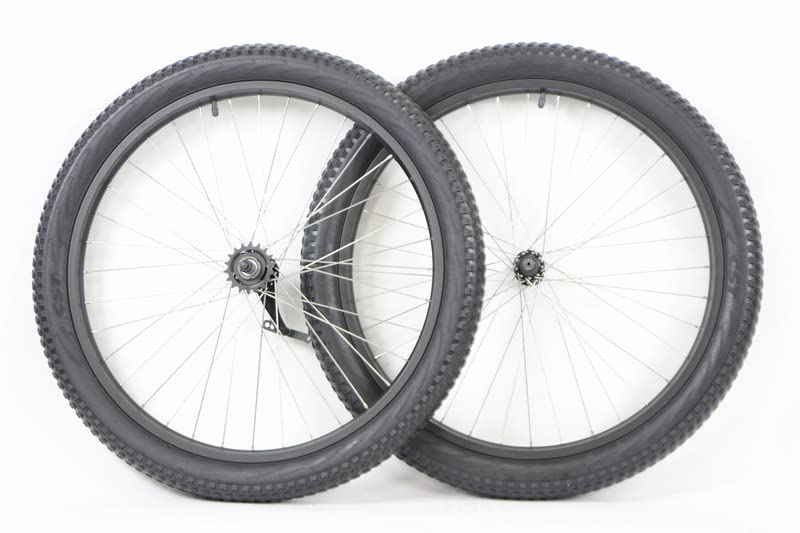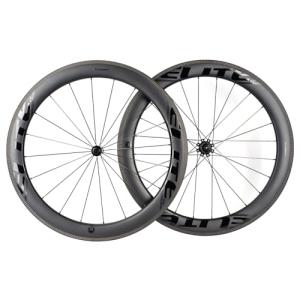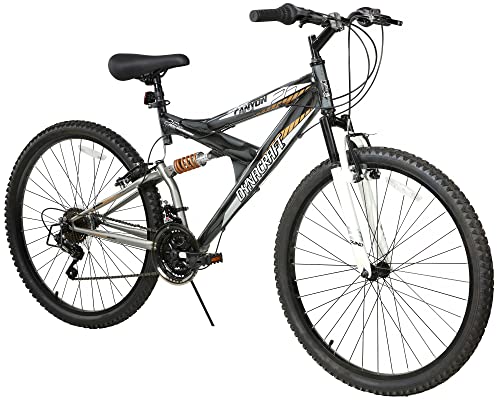Bicycle tires are the critical point of contact between your bike and the ground. They influence how your bike handles, the speed, comfort, and overall cycling experience. Understanding the different types of bicycle tires and choosing the right one for your riding style and conditions is essential. This article provides an in-depth look into the world of bicycle tires, helping you make an informed decision for your next ride.
Types of Bicycle Tires
Road Bike Tires: Designed for speed and efficiency on paved roads, these tires are narrow with a smooth tread pattern. They have high pressure and minimal rolling resistance, perfect for racing and fast commuting.
Mountain Bike Tires: Made for off-road conditions, these tires are wider with aggressive tread patterns for grip and stability on rough terrains. They are ideal for trails, mountain paths, and uneven surfaces.
Hybrid Bike Tires: As the name suggests, these tires blend the features of road and mountain bike tires. They are versatile, offering a balance of efficiency and comfort for general-purpose riding.
Touring Bike Tires: Built for long distances, these tires are durable and offer good puncture resistance. They can handle varied surfaces and are ideal for multi-day cycling adventures.
Cyclocross Tires: Designed for cyclocross racing, these tires have a semi-slick tread pattern. They provide a good grip on both paved and unpaved surfaces, suitable for mixed-terrain racing.
Fat Bike Tires: Extremely wide tires meant for snow and sand, offering unparalleled grip and flotation in extreme conditions.
Factors to Consider When Choosing Tires
Terrain: Choose a tire based on where you’ll be riding most often. Smooth treads for paved roads, knobby treads for trails, and a mix for hybrid riding.
Bike Type: Ensure the tire is compatible with your bike type. Road tires won’t fit on a mountain bike and vice versa.
Tire Size: This is indicated by diameter and width (e.g., 700x23c for road bikes). The right size ensures proper fitting and performance.
Puncture Resistance: Consider tires with built-in puncture protection if you ride in areas with thorns, glass, or other hazards.
Tire Pressure: Higher pressure for road tires reduces rolling resistance, while lower pressure in mountain bike tires increases grip.
Weight and Performance: Lightweight tires improve speed and efficiency but may offer less durability.
Tube vs. Tubeless: Tubeless tires can run at lower pressures and offer better puncture resistance but require compatible rims and more maintenance.
Maintaining Your Bicycle Tires
Proper maintenance of your bicycle tires is crucial. Regularly check for wear and tear, maintain the right tire pressure, and replace tires when needed to ensure safety and optimal performance.
Special Considerations
Seasonal Changes: In areas with seasonal weather changes, consider having a set of tires for different conditions – like studded winter tires for icy roads.
Budget: While not always the case, higher-priced tires often offer better performance and durability. However, there are good quality options available at various price points.
Eco-Friendly Options: Some brands offer tires made from sustainable materials for environmentally conscious cyclists.
Choosing the right bicycle tires can transform your cycling experience. Whether you’re an urban commuter, a mountain trail enthusiast, or a long-distance tourer, there’s a tire designed to meet your needs. Understanding the different types and factors involved in selecting tires will not only enhance your ride but also improve safety and efficiency.
Remember, your tires are the only part of your bike that touches the ground. Investing time in choosing the right one will pay off in every mile of your journey.
Silver Canyon 26" Mountain Bike by Dynacraft
Conquer any terrain with the Silver Canyon 26" Mountain Bike by Dynacraft
Product information
Product Review Score
4.38 out of 5 stars
126 reviews